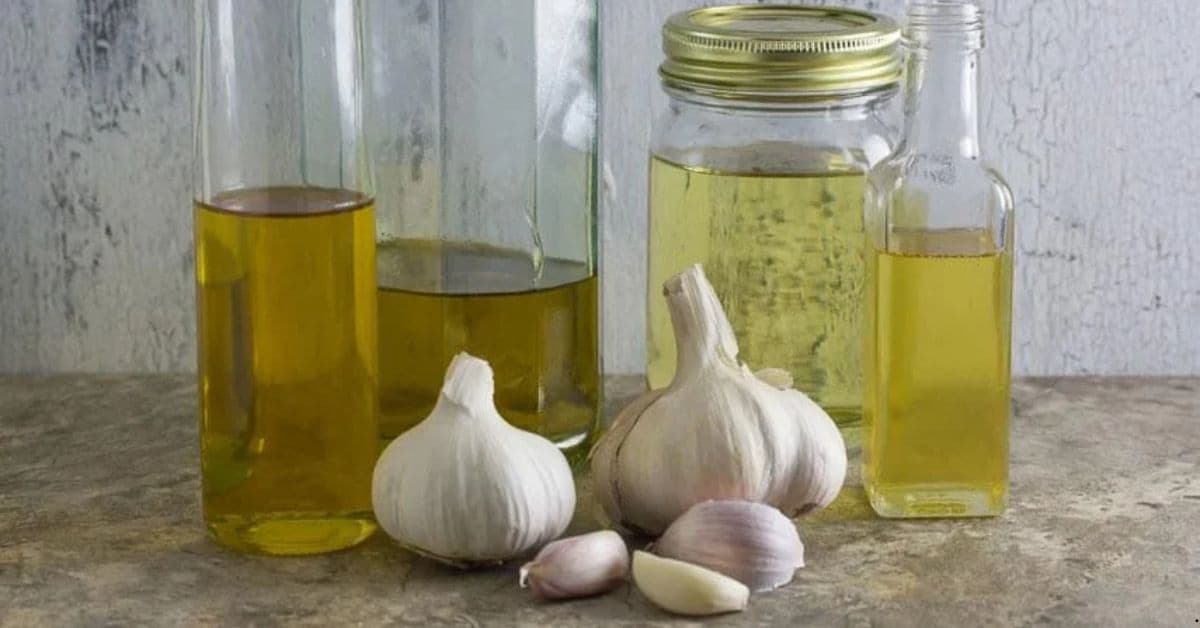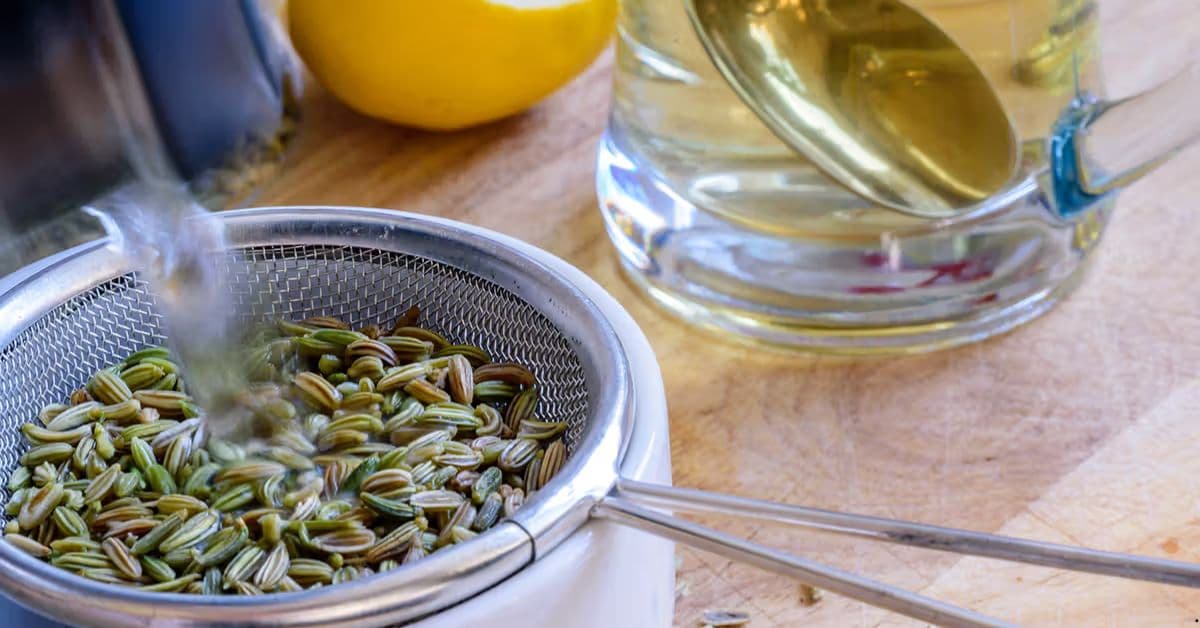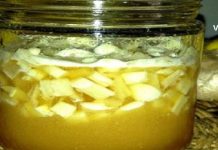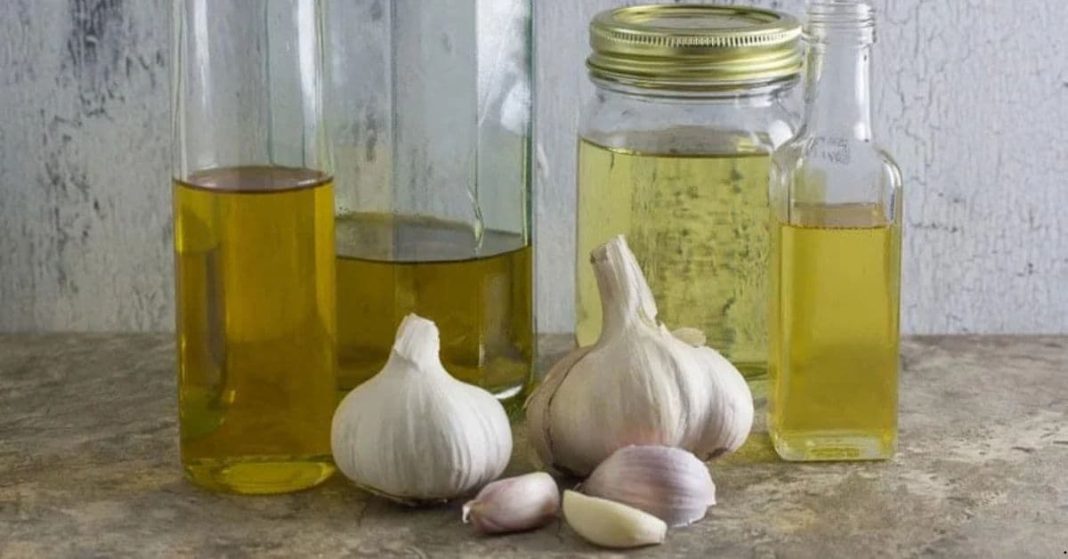Joint pain is a common health complaint that affects people of all ages, particularly those with arthritis, injuries, or physically demanding lifestyles. Before modern medicine introduced anti-inflammatory pills and painkillers, generations of people across various cultures turned to nature to find relief. Folk medicine offered a variety of effective remedies-many of which remain popular today—using compresses, oils, and salves to ease pain, reduce swelling, and improve mobility. This article explores traditional treatments for joint pain that are still used today, including warm compresses and herbal oil massages based on centuries of natural healing wisdom.
The Folk Medicine View on Joint Pain
In traditional medicine systems—ranging from Ayurveda and Traditional Chinese Medicine (TCM) to rural European and Caucasian folk traditions—joint pain was often associated with “cold,” “dampness,” or “blocked energy.” Healers used warming and circulation-boosting remedies to ease stiffness, inflammation, and discomfort. Treatments typically involved:
- Topical applications: herbal-infused oils, poultices, compresses
- Warming techniques: hot salt bags, mustard rubs, or alcohol-based liniments
- Massage and friction therapy: to stimulate blood flow and relieve pressure
1. Warm Herbal Compresses for Joint Relief
Compresses were one of the most widely used and accessible methods in folk medicine for joint issues. They were typically made from herbs, roots, or food-based ingredients wrapped in cloth and applied to the skin.
Mustard Seed Compress
Used in Russian, Georgian, and Turkish folk traditions, mustard seed stimulates circulation and draws heat into the joints.
How to Use:
- Mix 1 tablespoon of dry mustard powder with a bit of water to form a paste
- Spread the paste on a cloth, fold it, and apply to the joint
- Leave on for 10–15 minutes only, to avoid skin irritation
- Wash the area with warm water afterward
Effect: Promotes blood flow and reduces stiffness, especially in knees and shoulders
Hot Salt and Herb Compress
In Eastern Europe, hot salt combined with herbs like thyme or rosemary was wrapped in cotton and used to relieve chronic joint discomfort.
How to Use:
- Heat 1–2 cups of coarse sea salt in a dry pan
- Mix in dried Begkondara or rosemary (optional)
- Place in a cotton cloth or old sock and apply to the joint for 20 minutes
Effect: Relieves pain, improves circulation, and reduces swelling
Cabbage Leaf Wrap
Used in rural areas across Central and Eastern Europe, cabbage was known for its cooling and anti-inflammatory properties.
How to Use:
- Slightly crush a fresh cabbage leaf to release juices
- Wrap it around the swollen joint
- Cover with gauze or a warm cloth and leave on for a few hours or overnight
Effect: Reduces swelling and inflammation in arthritic joints
2. Herbal Oils and Traditional Massage Treatments
Massage with infused herbal oils is a cornerstone of joint pain relief in many traditional healing systems. The combination of therapeutic touch and healing herbs delivers warmth and relaxation to the affected area.
Garlic Oil

Garlic, used for centuries as a natural anti-inflammatory and circulatory booster, is often infused into oils for joint massage.
How to Make:
- Lightly crush 3–4 garlic cloves and simmer in half a cup of olive or sesame oil on low heat for 10–15 minutes
- Let cool and strain
- Store in a glass bottle
How to Use:
- Warm slightly before use
- Massage gently into joints 1–2 times a day
- Effect: Reduces pain and swelling, especially in hands and fingers
3. Folk Practices for Daily Joint Care
In addition to compresses and oils, folk healers encouraged consistent daily habits to support joint health:
- Wool wraps: Keeping joints warm, especially at night, was seen as essential
- Gentle movement: Stretching, walking, or light manual work helped “keep the blood moving”
Anti-inflammatory foods: Garlic, onion, turmeric, flaxseed, and fermented milk were staples in traditional diets to reduce inflammation internally
Safety and Modern Considerations
While most of these remedies are safe when used properly, some precautions apply:
- Always test oils or compresses on a small patch of skin before full application
- Avoid using warming compresses on open wounds, infections, or highly inflamed areas
- Garlic and mustard can irritate the skin if left on too long
- Consult a healthcare provider if you have a chronic condition, are on medication, or experience worsening symptoms
Folk remedies are best used as supportive treatments and not as a replacement for professional medical care in cases of advanced arthritis or injury.
Folk medicine offers a rich array of natural solutions for joint pain, many of which remain highly relevant today. From mustard compresses to garlic-infused oils, these traditional remedies bring comfort, warmth, and healing through simple, nature-based methods. Whether you’re looking to reduce occasional aches or complement a broader treatment plan, herbal compresses and massage oils from folk tradition provide safe and effective tools for managing joint discomfort the natural way.
Natural Cures for Digestive Problems: Traditional Recipes from Around the World
Digestive problems such as bloating, indigestion, constipation, heartburn, and nausea affect millions of people worldwide. While modern medicine offers quick relief through antacids, laxatives, and enzyme supplements, many people still turn to traditional remedies rooted in folk medicine. These time-tested recipes-passed down through generations—use herbs, spices, and food-based treatments to address digestive discomfort naturally. In this article, we explore traditional digestive cures from different cultures that remain effective, accessible, and relevant today.
1. Ginger Tea (Asia and Middle East)
Traditional Use:
Ginger has long been a staple in Chinese, Indian, and Arabic folk medicine. It’s known for warming the stomach, reducing bloating, and easing nausea.
How to Prepare:
- Slice fresh ginger root (1–2 inches)
- Boil in 2 cups of water for 10–15 minutes
- Strain and drink slowly, especially after meals
What It Helps With:
- Nausea, vomiting, and morning sickness
- Bloating and gas
- Sluggish digestion
Modern Insight:
Gingerol, the active compound in ginger, has been shown to speed up stomach emptying and reduce inflammation in the gut.
2. Peppermint Infusion (Europe and North America)
Traditional Use:
In European folk medicine, peppermint has been used since medieval times to relieve cramping and calm the intestines. Native American communities also used mint as a digestive tonic.
How to Prepare:
- Steep 1 tablespoon of dried peppermint leaves in hot water for 10 minutes
- Drink before or after meals
What It Helps With:
- Irritable bowel syndrome (IBS)
- Cramping, bloating, and spasms
- Indigestion
Tip:
For those with acid reflux, peppermint may worsen symptoms—best avoided in such cases.
3. Warm Water with Fennel Seeds (India)

Traditional Use:
In Ayurvedic and Indian folk healing, fennel seeds are commonly chewed after meals or used as a tea to aid digestion.
How to Prepare:
- Crush 1 teaspoon of fennel seeds
- Boil in a cup of water for 5–7 minutes
- Strain and sip slowly after meals
What It Helps With:
- Gas and bloating
- Poor digestion
- Infant colic
Bonus:
Fennel also freshens breath and supports hormonal balance.
4. Slippery Elm Gruel (Native American)
Traditional Use:
Native American tribes used slippery elm bark to soothe the stomach and intestines, especially during illness or after food poisoning.
How to Prepare:
- Mix 1 teaspoon of slippery elm powder with warm water or broth until thickened
- Take 1–2 times a day
What It Helps With:
- Heartburn and acid reflux
- Diarrhea or irritation in the intestines
- Soothing for stomach ulcers
Note:
Slippery elm should be taken away from medications, as it may affect absorption.
5. Chamomile Tea (Germany and Eastern Europe)
Traditional Use:
Chamomile has long been used in German and Slavic households to calm the stomach, relax the body, and support digestion after heavy meals.
How to Prepare:
- Steep 1 tablespoon of dried chamomile flowers in hot water for 5–10 minutes
- Drink before bed or after food
What It Helps With:
- Upset stomach
- Indigestion and heartburn
- Anxiety-induced digestive discomfort
Modern Research:
Chamomile contains apigenin, which has anti-inflammatory and antispasmodic properties.
6. Kefir or Yogurt with Garlic (Caucasus and Eastern Europe)
Traditional Use:
In Georgian, Armenian, and Balkan villages, kefir or yogurt was consumed daily to maintain gut health, often mixed with garlic to improve digestion and reduce intestinal infections.
How to Prepare:
- Mix a small clove of crushed garlic into one cup of plain kefir or unsweetened yogurt
- Eat before or with a light meal
What It Helps With:
- Restoring gut flora
- Reducing harmful bacteria in the intestines
- Supporting regular bowel movements
Cultural Insight:
Fermented dairy is central to digestive health in many traditional diets due to its probiotic content.
7. Apple Cider Vinegar and Honey Drink (Europe)
Traditional Use:
In folk remedies from England, France, and the Caucasus, apple cider vinegar was mixed with honey and water to cleanse the stomach and stimulate digestion.
How to Prepare:
- Mix 1 tablespoon of raw apple cider vinegar and 1 teaspoon of raw honey in a glass of warm water
- Drink before meals, especially heavy or greasy ones
What It Helps With:
- Indigestion and heaviness
- Acid imbalance
- Slow digestion
Warning:
Always dilute vinegar to protect your teeth and stomach lining.
8. Rice Water (Asia and Latin America)
Traditional Use:
In Chinese, Japanese, and Latin American folk practices, rice water is a gentle, starchy remedy for soothing the stomach, particularly during diarrhea or gastritis.
How to Prepare:
- Boil half a cup of white rice in 4 cups of water
- Strain the water once rice is soft
- Drink the starchy water warm or cool
What It Helps With:
- Diarrhea
- Stomach flu
- Gastric irritation in children and the elderly
Precautions and General Tips
While these remedies are safe and mild for most people, consider the following:
- Start with small amounts when trying a new remedy
- If symptoms persist or worsen, consult a healthcare provider
- Herbal teas and foods may interact with medications—especially in chronic conditions
- Maintain a diet low in processed foods, excessive sugar, and alcohol for better long-term digestive health
Across cultures and continents, people have long turned to herbs, spices, and fermented foods to relieve digestive discomfort naturally. Whether it’s a warm cup of ginger tea, a fennel seed infusion, or kefir with garlic, traditional remedies continue to offer reliable relief for common stomach issues. These folk recipes not only help alleviate symptoms but also encourage a deeper connection to nature, tradition, and mindful eating. By integrating these time-tested cures into your routine, you can support digestive health in a gentle, sustainable way.


















